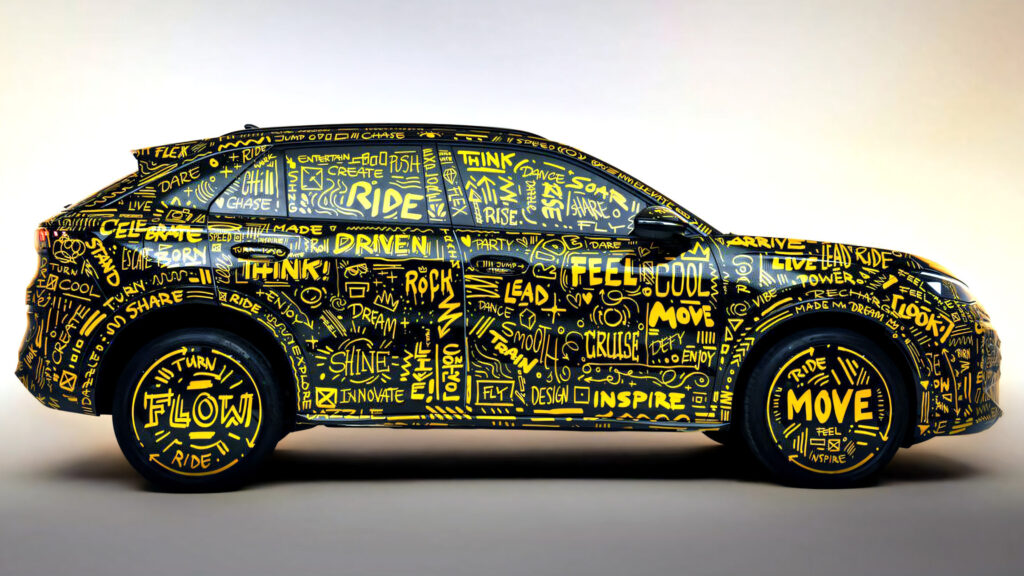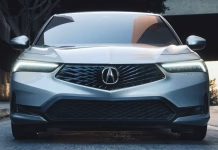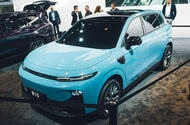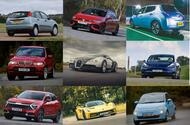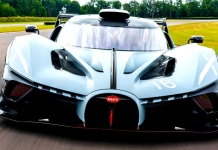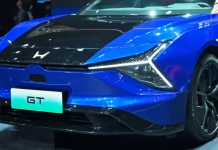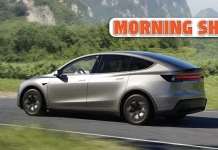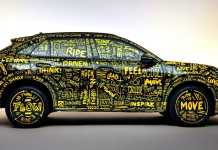2026 Acura Integra Debuts with Bigger Tech, Fresh Style, and Updated Pricing
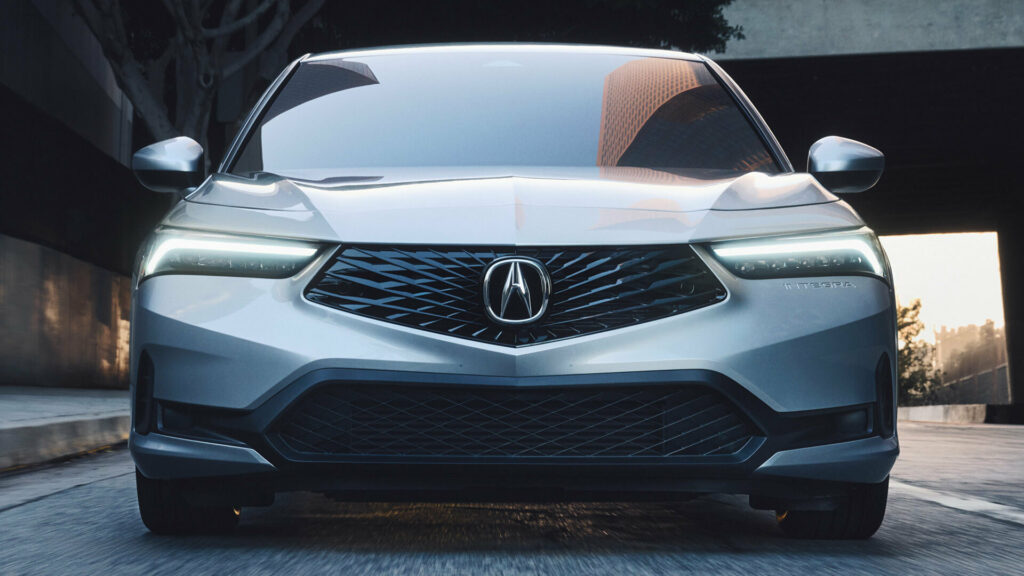
Leapmotor B05 Set to Challenge Electric Hatchback Leaders with Affordable Tech and 400 Mile...

Leapmotor B10 (pictured) will share underpinnings with the new B05 hatchElectric hatchback will be compact relation of B01 saloon revealed in China earlier this year
Leapmotor will reveal the B05 hatchback, an electric rival to the Volkswagen Golf, at the Munich motor show next month.
The new model is one of three cars – the others being another hatchback and a small SUV – that will arrive within the next two years as Leapmotor grows its global line-up.
Confirmed to Autocar by the Stellantis-backed Chinese firm, the B05 will be a compact relation of the B01 saloon that was revealed earlier this year.
Its arrival will give Leapmotor a footing in the hotly contested electric hatchback segment, which is dominated by the likes of the Volkswagen ID 3, Cupra Born and MG 4 EV.
Not long before then, the firm will launch the B10, a crossover to rival the likes of the Ford Explorer and Peugeot e-3008.
In Europe, Leapmotor currently sells the T03 city car and C10 mid-size SUV.
The B05 and C10 will ride on the same platform (dubbed Leap 3.5) and are expected to offer the same claimed 650km (404-mile) range.
There's no word on pricing yet, but Leapmotor's focus on offering high levels of technology and equipment at an accessible price – summarised by its slogan 'Excellence within reach' – means the B05 is likely to come in at sub-£30,000.
Earlier this year, Leapmotor revealed that it plans to have a six-car line-up in the UK by 2027.
It remains unclear if Leapmotor will offer any of them with the range-extender powertrain that it has just introduced to the C10, with bosses suggesting they will be gauging market reaction to the technology.
The B05 is likely to share its siblings' main design cues, including wraparound light bars, sporting-inspired wheel designs and an aerodynamically optimised silhouette.
Inside, it's set to receive the same 14.6in infotainment touchscreen and focus on high-quality materials.
Those attributes will also be carried over to a forthcoming entry-level crossover to sit beneath the B10 as a rival to the Renault 4 and Jeep Avenger, dubbed the A10.
That car will then spawn its own low-riding hatchback sibling, called the A05. This entry-level model, which could be priced below £20,000, will go up against the Fiat Grande Panda, Citroën ë-C3 and Skoda Epiq.
Leapmotor's range expansion comes off the back of rapid growth for the 10-year-old brand, both in its Chinese home market and internationally.
It now has nearly 1500 retail sites worldwide and was the 11th most popular EV brand globally last year.
It aims to move up to ninth this year, then to seventh in 2026, ultimately aiming to become one of the world's five top EV brands.
Classic Porsche 993 Reborn as a 760-HP Electric Masterpiece

The 25 Most Influential Cars of the Last 25 Years Shaping the Future of...
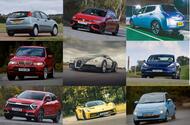 On impact alone - what car would you say is the most significant of the last 25 years?
On impact alone - what car would you say is the most significant of the last 25 years?
We’re a quarter of the way through the 21st Century, and in the last 25 years the car industry – and the cars we drive on the roads – have undergone a dramatic transformation. So for an upcoming special issue of Autocar we’ve decided to celebrate the 25 most significant cars of the past 25 years.
The Autocar team has drawn up a list, featuring one car from every year from 2001 until 2025. We weren’t looking for the best, fastest or biggest-selling: we’ve judged them purely by the impact they had on their firms, the industry and car buyers.
You’ll be able to read our picks in a special Autocar feature in September, but we’re keen to hear what you think the most significant car from the past quarter century is.
Is it the huge-selling Ford Focus or Volkswagen Golf? A groundbreaking EV such as the Nissan Leaf or Tesla Model 3? The record-setting Bugatti Veyron or Lotus Evija? A retro comeback hit like the Mini hatch or Fiat 500? Or a high-riding sales smash such as the BMW X5 or Kia Sportage?
Let us know what car you’d pick and why in the comments, and we’ll run some of the best as part of our special feature.
Bugatti Bolide Transformed: How a Track-Only Hypercar Is Becoming Street Legal
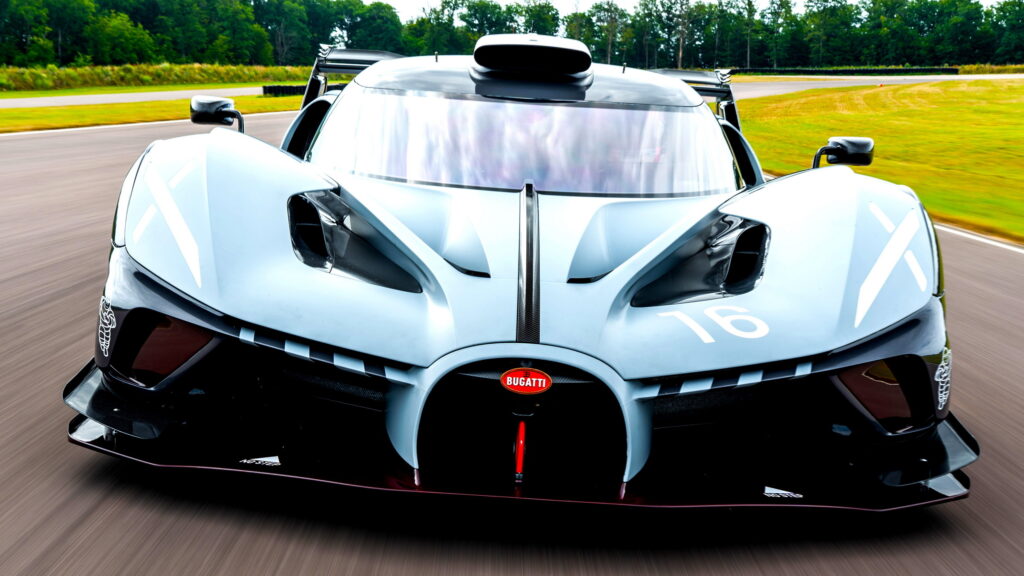
Andrew Tate Loses Aston Martin Deposit as Authorities Crack Down on Financial Crimes

Dongfeng Exits Honda Engine Partnership as China Shifts Toward Electric Cars
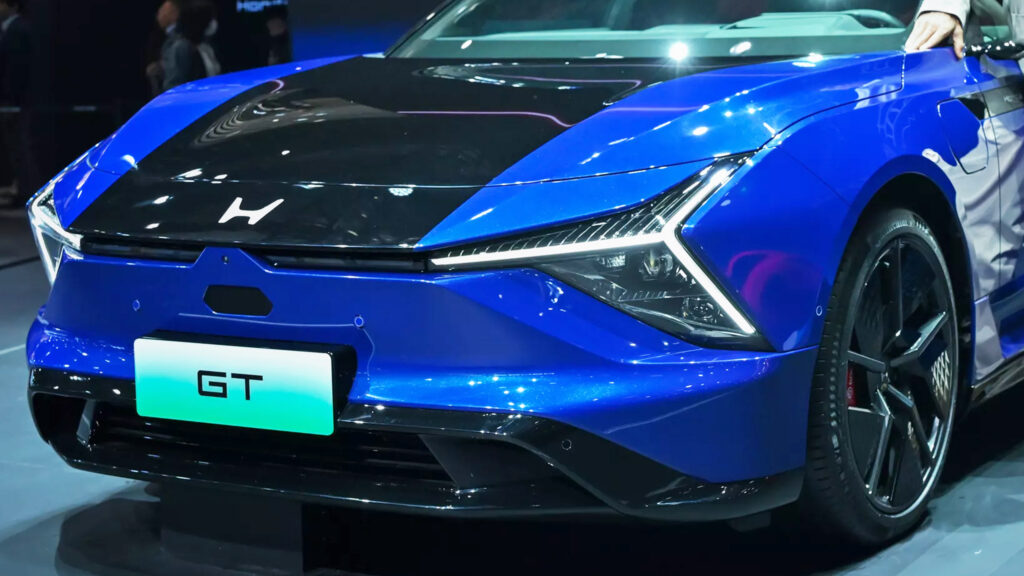
Will a Longer Model Y Win Back Tesla’s Edge in China?
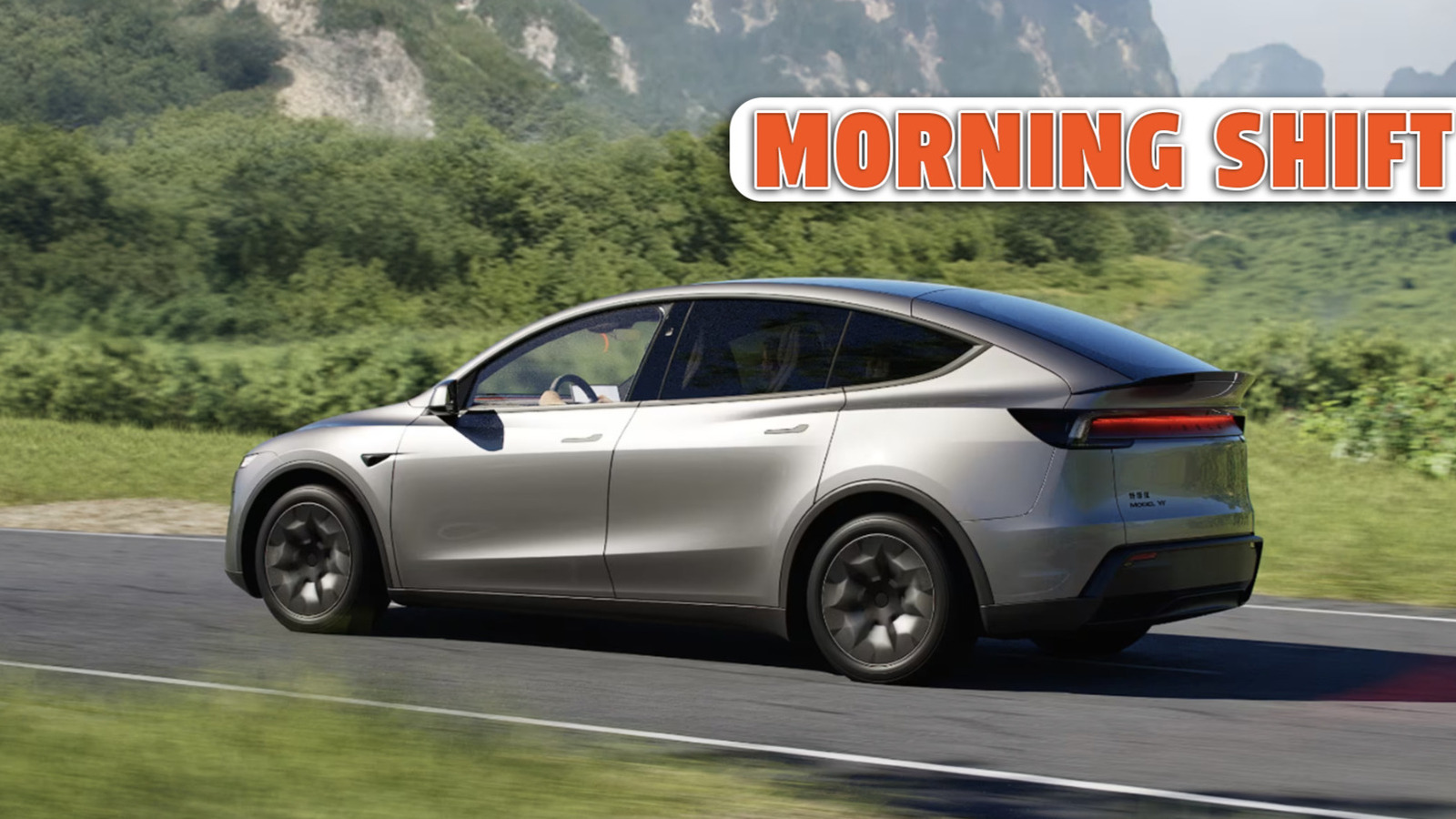
How Software Is Revolutionizing Cars From Design to the Driver’s Seat
 Experts from Siemens, Volvo, and Red Bull explain how software is changing the automotive landscape.
Experts from Siemens, Volvo, and Red Bull explain how software is changing the automotive landscape.
The entire automotive world is being completely redefined and reshaped – and the main force behind this seismic shift is something that you cannot see. Software is driving enormous change in the industry, be that in safety advances, speed of car design and development, and even in the pinnacle of motorsport, Formula One.
To try to understand the enormous impact that software is having on the industry as a whole, Autocar and technology giant Siemens recently hosted a webinar featuring Uday Senapati, Siemens Head of Automotive, Battery and Mobility for the EMEA region; Rickard Arvidsson, Head of Product Strategy and Architecture on Software Engineering on Volvo Cars; Daniel Watkins, Red Bull Racing’s Head of CAD and Product Lifecycle Management. The event was hosted by Autocar Deputy Editor Felix Page.
To hear the conversation in full, watch the recorded webinar on Autocar Business.

Software does the hard work
So, what exactly is software? Uday Senapati of Siemens explained: “Software is the blood that flows through a car’s nervous system. It’s the recipe that makes everything work. For example, a smartphone is just a paperweight without software.”So if software really is becoming the lifeblood of automotive development, its reach must be becoming ever wider. Volvo’s Arvidsson agreed, saying: “For Volvo software is replacing hardware as the primary driver for innovation, and about building in the thing that’s most important for us – safety.
“It’s also about improving the car all the time – improving suspension feel, enhancing charging speeds, introducing new sound experiences. And it’s about deploying the latest safety features in the car.”
Traditionally, Formula One has been a test bed for innovative technology that in some cases eventually filters down to the road arena. Think paddle-shift gearboxes, the use of carbon fibre to enhance lightness and safety, ever-increasing electronics such as traction control and active suspension.
Being at the cutting edge, F1 is hugely reliant on software, as explained by Red Bull’s Daniel Watkins: “Software is absolutely central to everything we at Red Bull do as an F1 team. We use it in the design of the car, we use it to predict what will happen in a race, and we use it to help us decide when to make pitstops – and we do this all in real time.”
The team does this in partnership with Siemens, which provides the software that keeps it competitive. Watkins added: “We rely on software tools provided by Siemens to help us gain a competitive edge. More and more we see that our car is as much a rolling software platform as it is a mechanical machine.”
For Siemens’ Senapati, the transition of the automotive world has been a long time coming, although it is rapidly gathering pace. He said: “The first electronic control unit appeared in cars in the 1970s, but now 50 years on we’re in a world where you define and design the software, then build the car around it.
“At Siemens we touch the end-to-end journey of the car, from concept, through the design process, getting it through building and testing in a digital environment. Through this involvement, we cut development times by up to 30%.”
Virtual and reality
This is something that’s extremely important to Red Bull, which relies on software to help it decide whether or not to make new parts. Watkins explained: “We do a huge amount of virtual simulation before we commit to making something physical. The correlation of those digital tools is really important. In F1, whoever’s doing that best, whoever’s got the best tools, the best software simulation processes, will be at the forefront of the racing on any given weekend.
“It’s a symbiotic relationship between car, driver and software tools.”
This sort of symbiotic interaction between the digital and the human is vitally important to Volvo and its road cars. As Arvidsson said: “It’s critical that they work together. For example, we’ve been gathering crash data since the 1950s, but in addition to that it’s important that you know how your product is used. That information needs to go to the people providing the code and those developing the features, to allow them to bring innovation to their daily work.
“Being a coder for a big automotive brand is really fun, because you end up driving the product you’re actually coding for. It’s fun to deliver a safe and sustainable vehicle.”
Volvo is also using software to develop the daily experience for owners of its cars. “As well as virtualising different parts of the vehicle, we can also virtualise the user experience… including how the car drives on the road.”

Faster, faster development
The need for ever-shorter development times is something that is exceptionally important in the industry, and it will only become more so in the future as companies bid to keep up with the searing development pace set by Chinese car makers. And that’s where the expertise of Siemens is going to be crucial.
Uday Senapati told the webinar: “Chinese companies have really embraced their technology and really embraced the definition of software-defined vehicles. For them it’s software first, followed by the vehicle, then the customer experience.
“But they start with the question: ‘why are we doing this?’ Customer demands are changing rapidly, as is the world geo-political situation, and the economic situation, so the winner will be a company that can act and react extremely quickly.
“At Siemens, we’ve always worked on creating an end-to-end solution. From gathering raw materials, bundling them into module systems, and then the final product. After that, it’s testing that product; physical testing is not just expensive, it’s also time consuming. We’ve worked for decades to simulate such things in our labs, so we’re accelerating our testing and our learning.”
And now AI is speeding things up further. Senapati added: “We’ve embedded AI in almost all of our toolsets, so it’s not just a human element of learning from the software, it’s the software learning itself as well, and giving better answers every day.”
To put that in context, Senapati said that software advances have reduced product development cycles by over 30%. “Some of our customers are doing an all-new car, including the platform, in 36 months, while a new variant arrives in 12-18 months,” he added.
And while he thinks that software can replace the vast majority of development processes, he also reckons elements where human perception shapes a product cannot be replaced by an entirely virtual process, mainly because it’s these areas that car makers use to define their brand. That said, Siemens is investing in AI to focus on these areas.
Save time and money
Streamlined development saves money, too. As Red Bull’s Watkins said: “We rely on simulation testing, and software underpins our ability to work within the F1 cost cap. Our virtual tools allow us to do more for less.”
Software is vital not only in how we develop cars, but also how the finished vehicles interact with the infrastructure around them.
As Senapati said: “Hardware can’t keep up, so the solution is software, because you can keep updating it to keep up with what’s changing in the infrastructure.”
Volvo’s Arvidsson backed this up, commenting: “We will shortly update all our interface experiences – that will be a massive upgrade. On the EX90, we can upgrade the suspension, deploy new audio features, add autonomous driving features. We have an extensive roadmap of fun features ahead.”
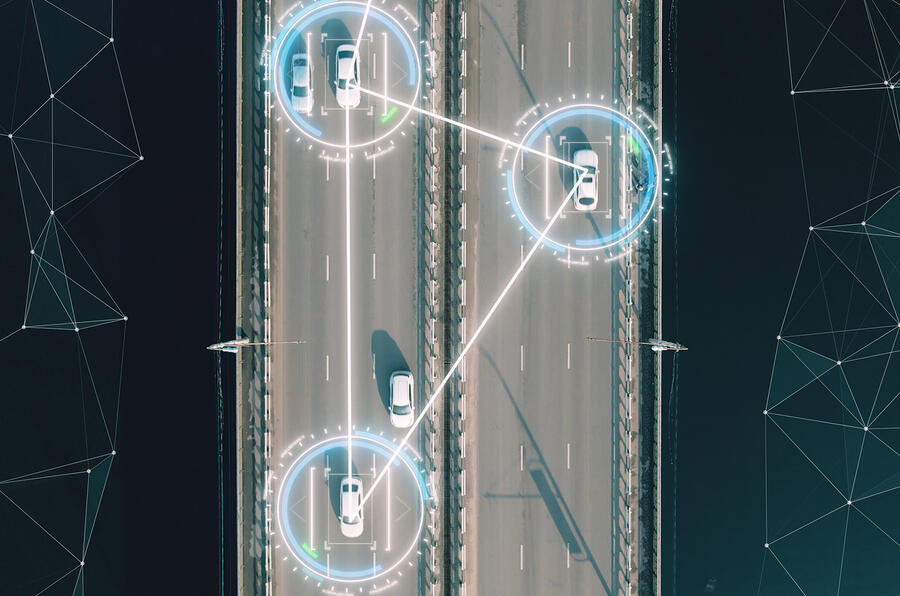
Future proof
However, the sheer pace of change is hard to keep up with, making it hard to anticipate what lies ahead. As Arvidsson said: “It’s hard to say what a Volvo will be like in 10 years because everything is changing so quickly. I believe our cars will be a lot safer than today, and we hope to have delivered on our zero-collisions promise. We also want to deliver an excellent consumer experience. For example, I already use Google Assistant a lot to switch on lights as I near home etc. Enhancing this side of things will definitely happen.
“We are also implementing Gemini in cars, which will improve how people interact with it using voice control. It’s also important for us to get consumer input into this.”
What has become clear throughout our discussion is that software is one of the primary forces driving change in the automotive arena, and while it’s invisible, its effects are abundantly clear; it affects everything, from voice control in a Volvo SUV to whether or not to change the wing angle on an F1 car. If we can be sure of one thing, it’s this – change will only be bigger and faster as software and AI develop at an exponential rate. And companies such as Siemens will be at the vanguard of that transformation.
To hear the whole conversation, watch the recorded webinar on Autocar Business.
Next-Gen VW T-Roc Debuts With Hybrid and Electric Power at Munich Motor Show
